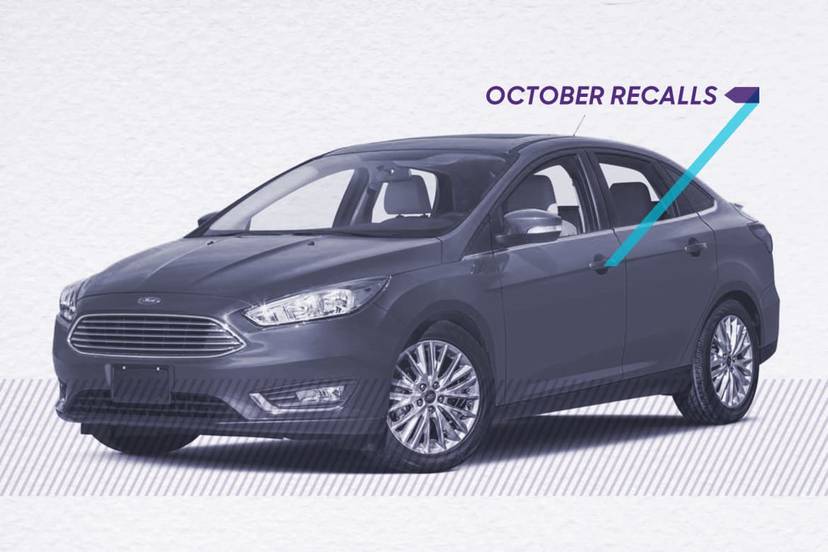
It was brilliant in the city, where it moved easily through crowded streets, including roads obstructed by construction and careless double-parking.It was brilliant in the city, where it moved easily through crowded streets, including roads obstructed by construction and careless double-parking.
It was not the kind of automobile anyone would take to a speedway or run in a street race. But it accelerated well enough to get out of the way of impatient Manhattan drivers without engendering honking or ignoble digital salutes.
It wowed people in the parking lots of suburban shopping centers here and near New York City, some 50 miles to the south. Most onlookers could not believe it was a Toyota Prius swallowing all those boxes and shopping bags.
I couldn’t believe it, either.
Before loading the 2012 Prius V wagon (the “V” represents “versatility” in this case), I had been nagging my wife about getting “too much stuff,” and warning her that it’s just a little Prius we’re driving.
My mind was locked on previous-generation Priuses — gasoline-electric-hybrid compacts that were great little cars for getting around the city without burning much fuel or spewing many pollutants, though not terribly useful for much else.
That’s changing. Since its introduction in Japan in 1997, the Prius has become more than a car for hyper-milers and other buyers scrounging for one more mile per gallon wherever they can find it.
The Prius lineup now includes compact sedans and hatchbacks, an extended-range plug-in model, and the delightfully family-friendly Prius V wagon driven for this week’s column. The retail objective is to appeal to an audience less interested in the science and politics of gas-electric technology and more interested in its practical value.
If this wagon is any indication, the Prius family has a good start in its new, more mainstream direction. The wagon could become a best-seller.
Simply put, it has what many American drivers want — fuel efficiency, reliability, safety, decent road manners and lots of utility — all under one of the world’s most popular environment-friendly brand names, and at a reasonable price.
There’s nothing sexy about the Prius V. Its strength is its virtue. It delivers exactly what it promises, like it or not.
The front-wheel-drive Prius V wagon is longer, wider and heavier than its hatchback predecessor. But it still gets 44 miles per gallon in the city and 40 on the highway.
That’s not as good as the 51 mpg in the city and 48 on the highway boasted by the smaller Prius hatchback. But it beats the mileage of any midsize family wagon currently on sale in the United States.
An aside: The Prius V’s mileage numbers seem reversed, but they are not. Cars and trucks with traditional internal-combustion engines generally operate more efficiently at highway speeds, yielding more miles per gallon on the highway. In city traffic, those traditional gasoline engines usually waste fuel idling — burning fuel while going nowhere.
The Prius V, by comparison, burns no gasoline at all at red lights and stop signs. It is what the industry calls a “full hybrid” in which the electric and gasoline-fueled power systems continually switch roles to produce the best efficiency — the most amount of work (driving) for the least amount of fuel.
In urban traffic, the electric power system handles most of the work — starting the car off the mark, relieving the gasoline engine from wasteful idling, assisting the engine at low speeds. The 1.8-liter in-line four-cylinder gasoline engine handles most of the highway work.
The electric-gasoline power combination yields an overall 134 horsepower and 153 foot-pounds of torque.
The system works beautifully in the city, allowing the Prius V driver to get where he or she has to go without visiting the fuel pump for several weeks (or for every 525 miles in rounded numbers for our 1,100-mile trip from Northern Virginia to New York’s Hudson River Valley and environs, and back and forth from New York City to Cornwall).
But there is only so much a relatively low-horsepower, modest-torque gas-electric drive system can do. Driving the Prius V up mountains or at substantial elevations above sea level (1,540 feet in these parts) can be a chore. The tiny gasoline engine whines and struggles. The pair of electric motors helping to drive the front wheels evidence strain. It’s no fun.
Flat-land city running in the Prius V, by comparison, is enjoyable, albeit not the least bit exciting. It does not have to be.
The people who will buy the Prius V are a practical sort. They aren’t looking for thrills behind the wheel of an automobile. They are more addicted to clean air and lower gasoline costs than they are to speed. As Toyota found out and nearly all other car companies have discovered, such people constitute a lucrative, sustainable market.
Just give them what they want. Here’s betting they’ll want the Prius V wagon.











































